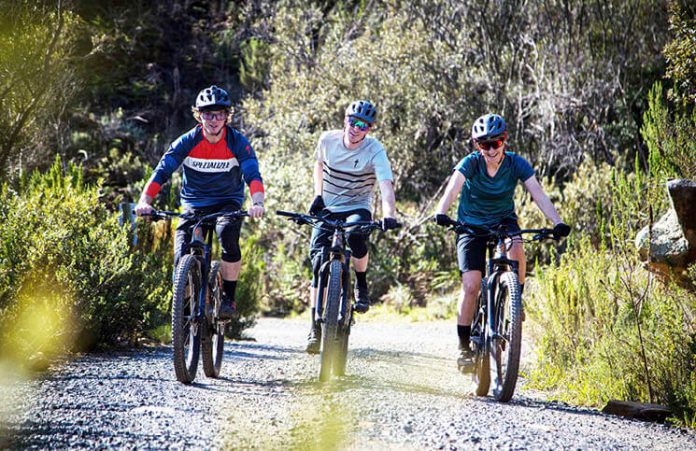
Cycling, backed by technology and new inventions, arrived onto the South African scene during the late 80’s and early 90’s. Bicycles became lighter, more durable, and easier to ride. Technology, with Specialized at the forefront, started looking at human ergonomics on the bike in a properly researched, scientific way, and slowly but surely the sport (mainly road cycling) started to gain popularity. In a few years events like the Cape Argus Cycle Tour, The 94.7, The Tour D’Urban etc started setting records in the amount of entries.
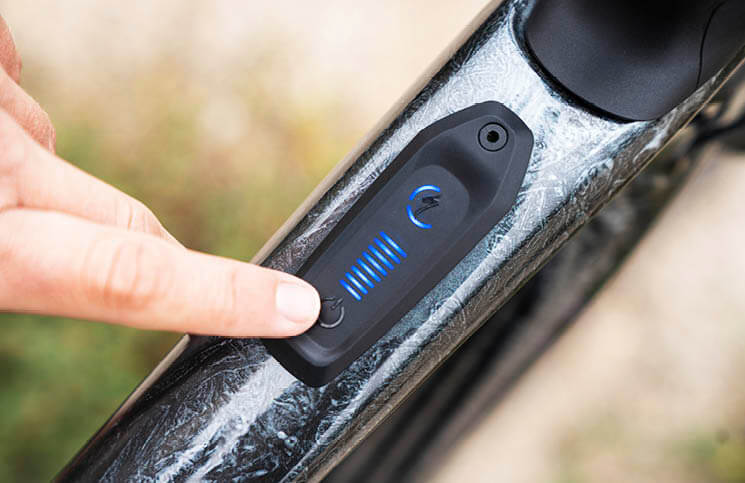
Road cycling continued to grow amidst fears of road safety, as more cyclists on the SA roads, notorious for aggressive drivers, started to appear, either as solo cyclists or in groups. Then the 1st primitive, 26” wheel mountain bikes started to appear in the late 90’s, and suddenly there was a new outlet for technology! Within 8 years the sport became so popular that it evolved into multi-day, marathon stage racing, and in 2004 The Cape Epic came into being. Tyre technology kept evolving too, and with the advent of the tubeless tyre (that has puncture-sealing liquid inside it), the sport just became an even bigger pleasure to take part in.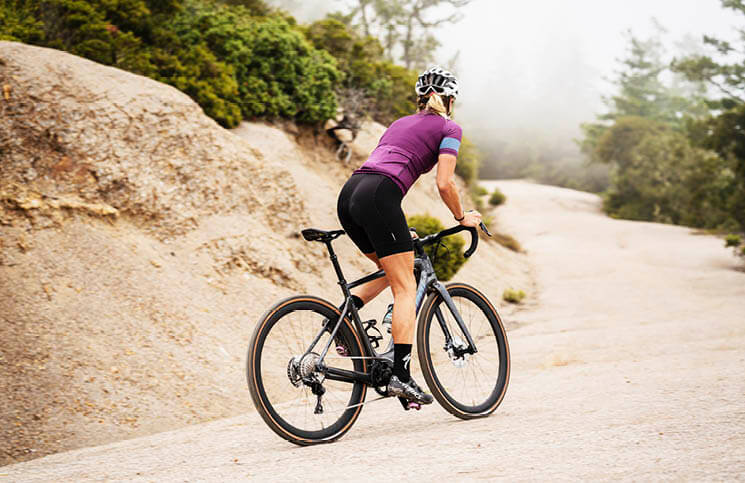
In 2008, invention step to the fore again, and the mountain biking world was transformed by the introduction of the bigger, 29” wheel. More technology, headed by innovation-driven companies like Specialized, saw dual suspension bikes receiving reliable independent, intelligent hydro-mechanical/pneumatic suspension systems on the front wheel and the rear wheel, and with an expanding categorized trail system through many parts of the country, and especially the Western Cape, the table was laid for cycling in a safe and recreative environment, where the riders could choose the amount of risk they wanted to subject themselves to.
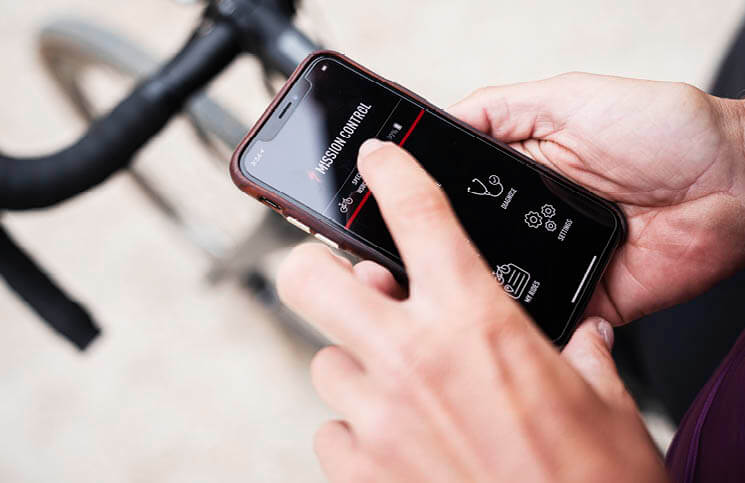 Technology continued to creep forward in the equipment, which saw mountain bikes (as well as road bikes) continuously evolving, becoming better and better, and more and more a pleasure to ride. Then in 2014, lagging the rest of the world by a year or 2 in the introduction of e-bikes, Specialized introduced the game changer that set the e-bike market onto a new trajectory: the pedal-assist bike, in both road and mountain bike form.
Technology continued to creep forward in the equipment, which saw mountain bikes (as well as road bikes) continuously evolving, becoming better and better, and more and more a pleasure to ride. Then in 2014, lagging the rest of the world by a year or 2 in the introduction of e-bikes, Specialized introduced the game changer that set the e-bike market onto a new trajectory: the pedal-assist bike, in both road and mountain bike form.
What is a pedal assist e-bike?
– It is not throttle operated. It assists the rider only when the rider pedals it. The harder the rider pedals the bike, the more the bike assists the rider, and vice versa.
– Riders can choose the amounts of assistance received by the bicycle through various (typically 3) power settings.
– Through Specialized’s Mission Control App, riders are able to fine-tune the assistance they receive in each power setting. Under the Smart Control option, the bike can even be set to assist the rider to ride within a pre-set range of heart rate speeds!
– The bikes are factory pre-set to assist the rider up to a maximum speed of 32km/h. Once that speed is reached, the motor cuts out. The bike can, however go faster if pedalled hard enough, typically on downhill terrain. New riders typically use more motor assistance than fit riders. Fitter riders typically down-tune their bikes, and some fit riders have recorded rides of up to 7 hours and 150km on a single battery charge. Recharge time is a short 3,5 – 4 hours.
The e-mountain bike has introduced many newcomers to the sport of mountain biking. Newbies are now able to rapidly increase their quality of life as they are able to ride and keep up with their fitter friends, husbands and kids. The bikes, specifically The Specialized Levo, has won but all the international accolades year after year, and are super-capable in any terrain due to their balance of weight, centre of gravity, trail-specific geometry that enables easy handling, and software, battery and motor technology. The bikes are the definition of the ultimate adventure machine – no mountain is too steep or high, and no headwind is too strong!
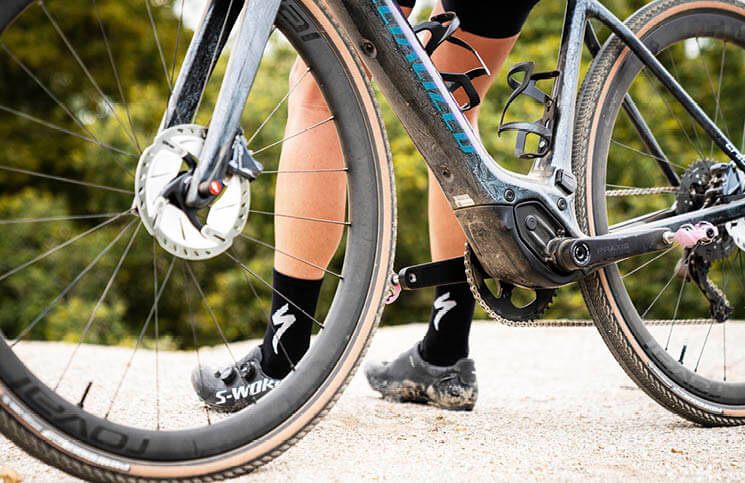
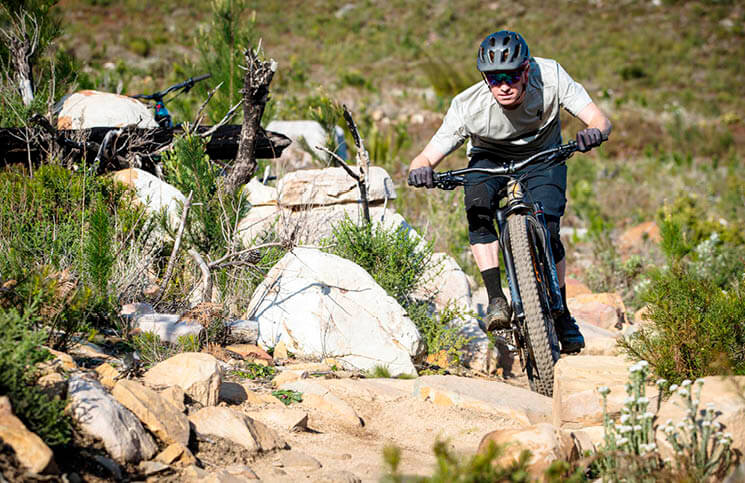
The Specialized Creo is the road counterpart of the Levo, and is capable on any road surface through wider, tubeless off-road tyres that have minimum rolling resistance on tar, a frame that distribute jarring forces in a better, more ergonomic way, and an adjustable handlebar steerer suspension system. The Creo has a standard range of about 120km, depending on the terrain and rider weight, and the range can be extended to almost 200km by way of a range extender battery, that can be mounted in a standard bottle cage and plugged into the bikes’s electrical system.
All e-bikes’ software and electronic systems get updated when the customer visits a reputable and authorised Specialized dealer. Probably the most important question to ask before you buy is this: what are the warranties I get with the purchase, and what technical back-up is on offer? There are no DIY, fixed-it-myself solutions on these machines – choose a brand and an outlet with a reputable service record, and the smile you will get on your first ride will stay there!
For more information contact Helderberg Cycle World on 021 850 0082 | 7 The Hub, Urtel Cres, Somerset Mall or visit www.helderbergcycleworld.co.za

